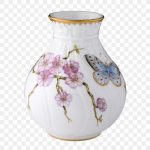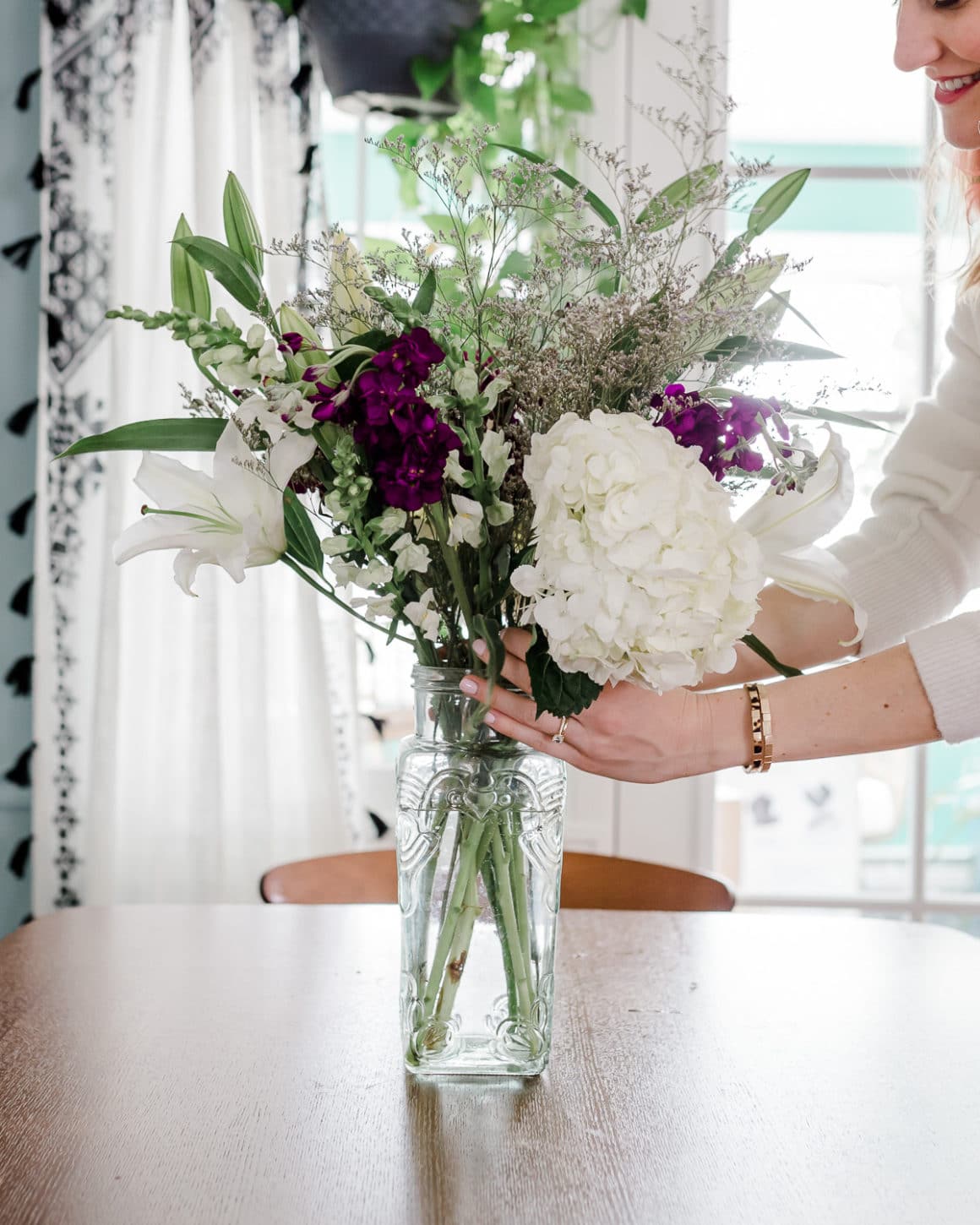
Bringing the vibrant hues and delicate fragrances of nature indoors through fresh flowers has been a cherished practice for centuries. Flowers have the power to transform spaces, adding a touch of elegance, vibrancy, and life to our surroundings. Whether you’re a seasoned florist or a curious novice, mastering the art of keeping flowers fresh in a vase can elevate your home décor and bring lasting joy into your life.
Selecting the Right Flowers: Setting the Stage for Freshness
The journey to long-lasting floral arrangements begins with selecting the right blooms. Opt for fresh, healthy flowers that are in full bloom or just beginning to open, ensuring they have the potential to flourish in your vase. Consider the flower type and lifespan, choosing varieties known for their resilience and longevity. Avoid flowers that appear bruised, damaged, or wilted, as these may have a shorter lifespan.
Preparing the Flowers: Ensuring Optimal Hydration
Proper preparation of your flowers is crucial for extending their lifespan and preserving their beauty. Start by trimming the stems at an angle, removing about an inch from the bottom. This increases the surface area for water absorption and prevents air bubbles from forming, which can block water flow.
Remove any leaves that would fall below the waterline in the vase. Submerged leaves can promote bacterial growth and cloud the water. For woody stems, split the bottom inch or two using a hammer or mallet. This increases the surface area for water absorption and helps prolong the life of the flowers.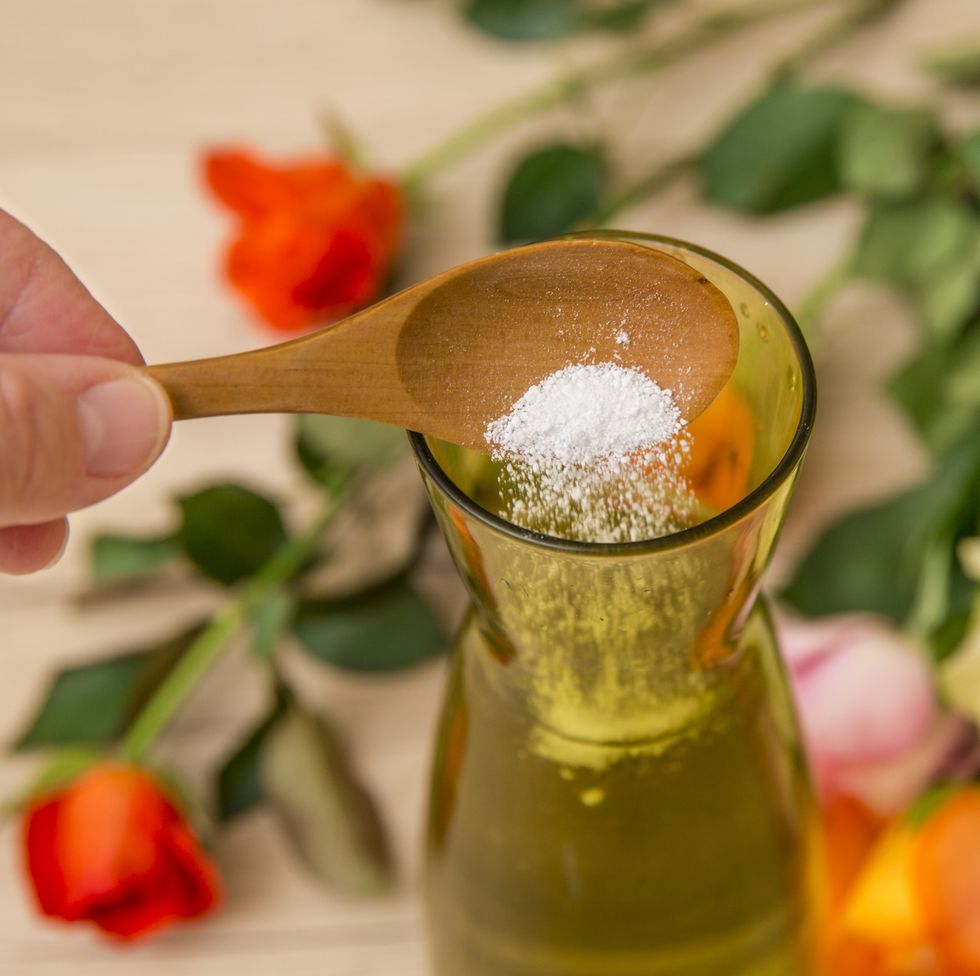
Preparing the Vase: Creating a Welcoming Haven
Choose a clean vase that complements the style of your flowers and the overall aesthetic of your space. A clean vase provides a hygienic environment for your flowers and prevents the harboring of bacteria that can shorten their lifespan.
Add flower food or preservatives to the water to provide essential nutrients and prevent bacterial growth. These products help maintain the freshness and longevity of your flowers, keeping the water clear and minimizing unpleasant odors.
Fill the vase with clean, filtered water at room temperature. Avoid using tap water, as it may contain chlorine or other chemicals that can harm your flowers.
Placing the Vase: Finding the Ideal Spot
The placement of your vase can significantly impact the lifespan of your flowers. Choose a location away from direct sunlight, which can cause flowers to fade or wilt prematurely. Opt for a spot with indirect light or diffused natural light to allow your flowers to bask in the gentle glow without suffering sun damage.
Keep the vase away from heat sources, such as radiators, fireplaces, or vents. Excessive heat can accelerate the aging process of flowers, causing them to wilt and lose their vibrancy.
Ensure adequate air circulation around the vase. Stagnant air can promote the growth of bacteria and fungi, which can harm your flowers and cloud the water. Place the vase in a well-ventilated area, allowing for gentle air movement.
Caring for Your Arrangement: Nurturing Your Floral Companions
Regularly changing the water is essential for maintaining the freshness and beauty of your arrangement. Replace the water every two to three days, or more frequently if it becomes cloudy or smelly. Fresh, clean water provides essential hydration and prevents bacterial growth, ensuring your flowers thrive.
Misting the flowers with a spray bottle helps keep them hydrated and prevents them from drying out. Do this gently, avoiding saturating the blooms, which can promote fungal growth.
Remove wilted flowers as they appear. This prevents them from taking up nutrients from the water and detracting from the overall appearance of the arrangement. Promptly removing wilted blooms also helps maintain the health of the remaining flowers.
Additional Tips for Extending Flower Life: Unveiling Floral Secrets
Consider using a sugar solution in the water to provide additional energy for your flowers. A teaspoon of sugar per quart of water can help prolong their lifespan and enhance their vibrancy.
Add a few drops of bleach to the water to disinfect and prevent bacterial growth. A small amount of bleach can go a long way in keeping your flowers fresh and preventing the water from becoming cloudy or smelly.
Acidify the water with a few drops of lemon juice or vinegar to lower the pH level, creating a more favorable environment for some flower types. This can be particularly beneficial for roses and hydrangeas.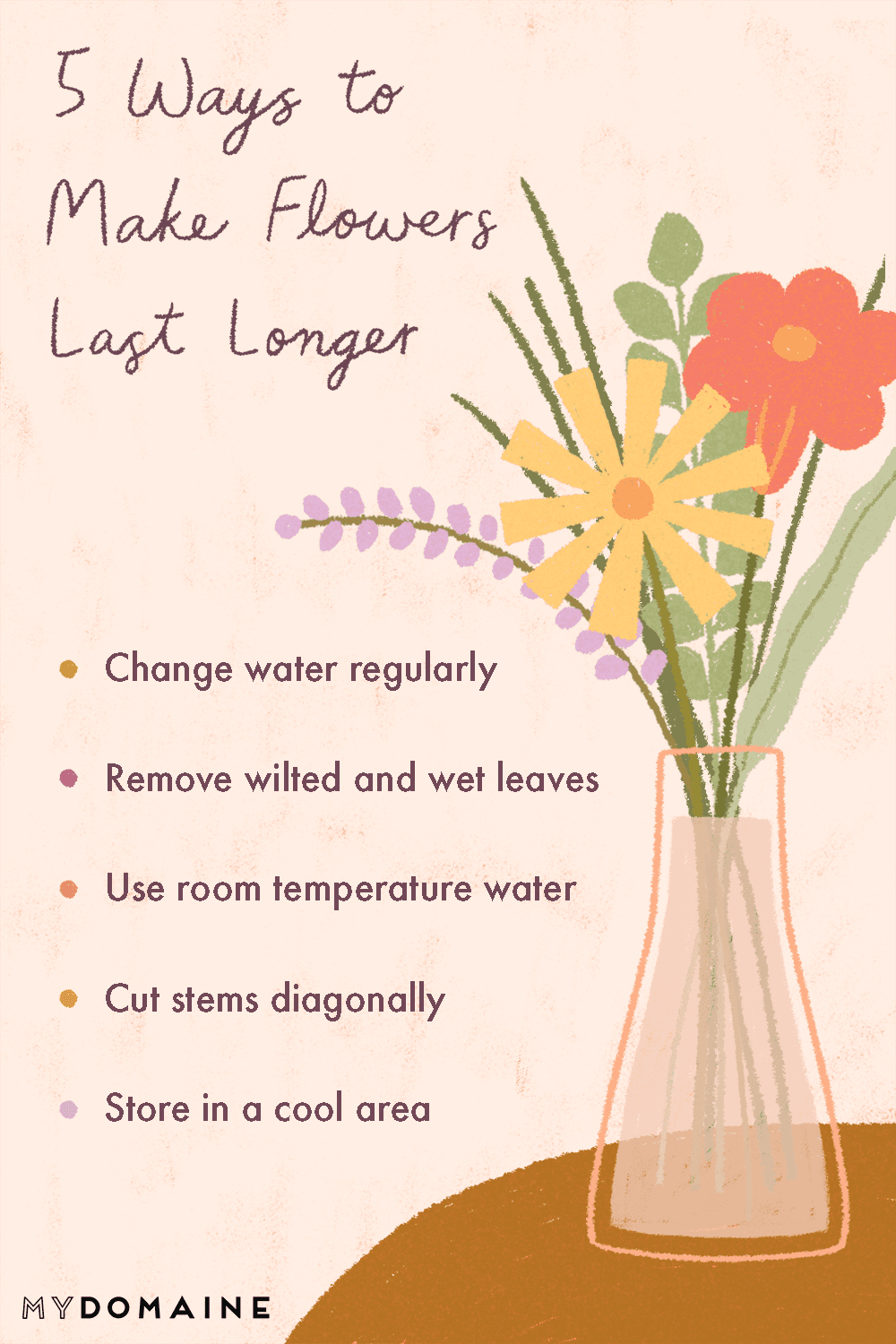
Troubleshooting Common Problems: Addressing Floral Mishaps
Even the most meticulous floral arrangements can encounter challenges. Don’t despair! Here are solutions to some common problems:
Drooping or wilting flowers can be revived by recutting the stems and placing them in warm water for a few hours. Adding a few drops of sugar or floral food to the water can also help rehydrate them.
Cloudy or smelly water indicates bacterial growth. Discard the water thoroughly clean the vase, and refill it with fresh, clean water containing flower food.
Pests or diseases can sometimes affect your flowers. Inspect them regularly and remove any affected parts immediately. Isolate the arrangement to prevent the issue from spreading, and consider using a natural insecticide or fungicide if necessary.
Conclusion: The Enduring Beauty of Fresh Flowers
By following these tips and providing proper care, you can significantly extend the lifespan of your flowers, allowing you to enjoy their beauty for days or even weeks. Fresh flowers add a touch of magic to our surroundings, enhancing our mood and creating a sense of connection with nature.
Tips for Specific Flower Types: Tailoring Care for Different Blooms
Different flower types have varying needs. Here are some additional tips for specific blooms:
- Roses: Remove thorns to prevent them from damaging other flowers in the arrangement. Cut the stems at a 45-degree angle and sear the ends with a lighter for a few seconds to prevent them from taking up too much water.
- Lilies: Cut the stems diagonally and crush the stamen (pollen-bearing part) to prevent pollen staining other flowers.
- Hydrangeas: Cut the stems diagonally and crush the ends slightly. Boil an inch of water, then plunge the stems into the hot water for 30 seconds to seal the ends and prevent wilting.
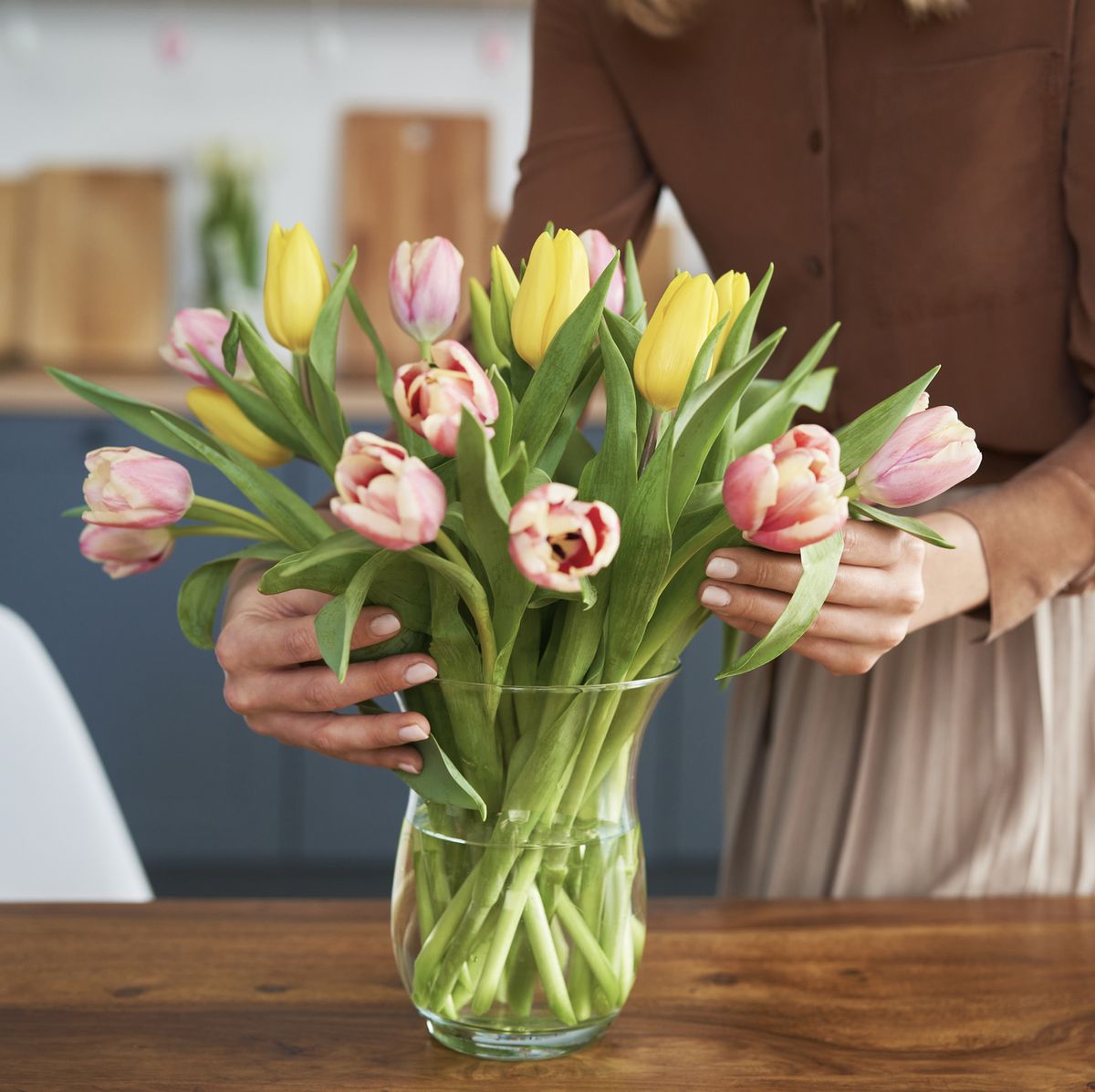
Sustainable Practices for Flower Care: A Responsible Approach
Consider incorporating sustainable practices into your flower care routine. Here are some ways to make eco-conscious choices:
- Source locally grown flowers: This reduces the environmental impact associated with transportation.
- Use eco-friendly flower food: Look for flower food made with natural ingredients and biodegradable packaging.
- Compost wilted flowers and greenery: This reduces waste and creates nutrient-rich compost for your garden.
The Art of Flower Arranging: A Symphony of Color and Form
While the focus of this guide has been on flower care, creating a visually appealing arrangement is another aspect to consider. Explore the art of flower arranging to create stunning displays that showcase the beauty of your blooms.
- Balance and proportion: Use flowers of varying heights and sizes to create a visually dynamic arrangement.
- Filler flowers and greenery: Add texture, depth, and interest to your arrangement with filler flowers and greenery.
- Experiment with styles: Try different styles such as symmetrical, asymmetrical, cascading, or geometric to find your signature look.
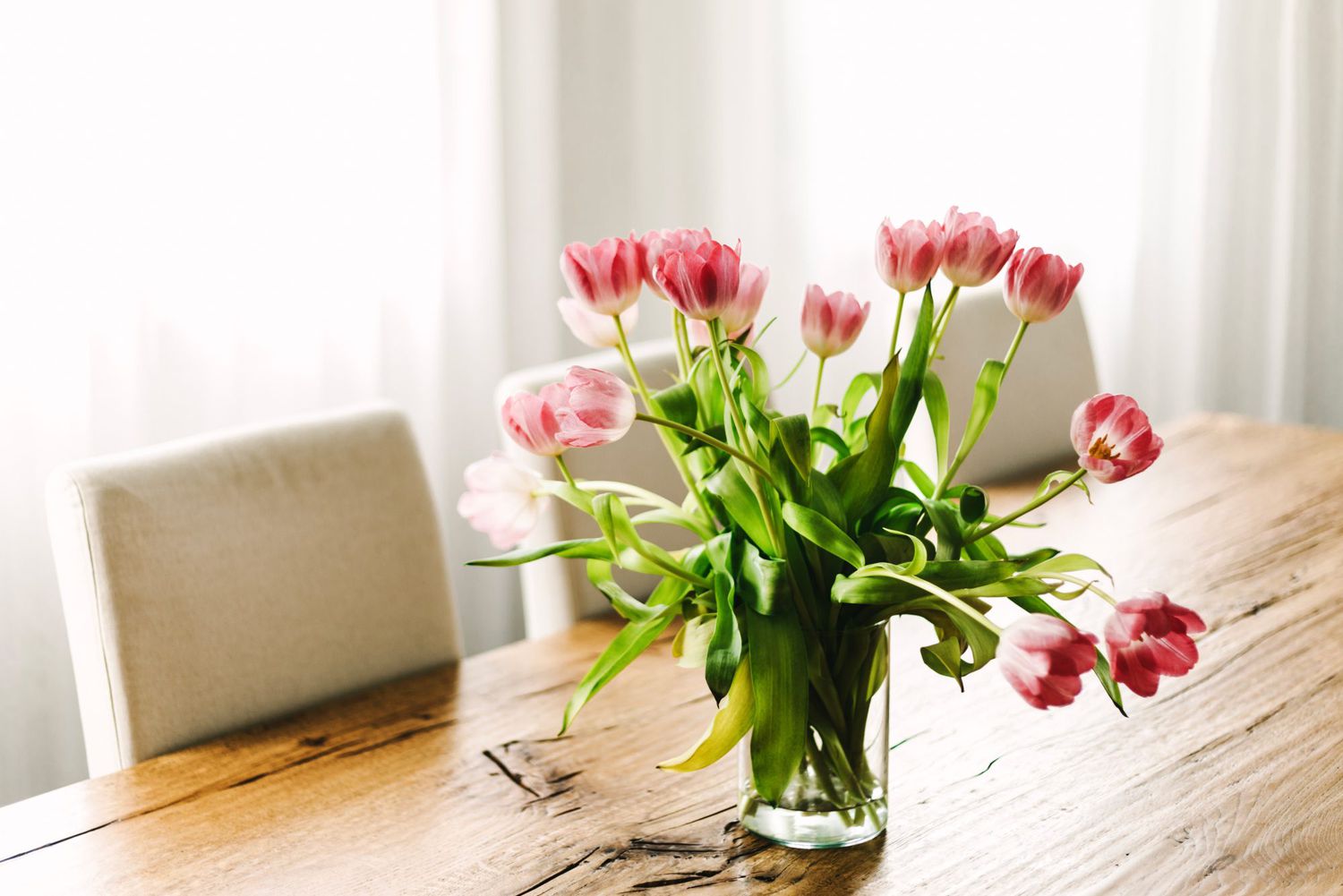
Creative Ways to Display Flowers: Beyond the Vase
Think outside the box when it comes to displaying your flowers. Here are some creative ideas:
- Unique vases and containers: Upcycle old containers or use unique vases to add personality to your display.
- Hanging flower arrangements: Create hanging floral installations for a whimsical touch.
- Floral centerpieces: Elevate your table settings by incorporating flowers into centerpieces.
The Emotional and Psychological Benefits of Flowers: More Than Just Beauty
Fresh flowers offer not just visual beauty, but also emotional and psychological benefits. Studies have shown that flowers can:
- Reduce stress and anxiety: The calming colors and fragrances of flowers can promote relaxation and reduce stress levels.
- Enhance mood and well-being: Flowers can uplift one’s mood and create a sense of happiness and optimism.
- Promote a sense of connection with nature: Bringing nature indoors through flowers can foster a sense of well-being and connection to the natural world.
Conclusion: A Celebration of Nature’s Beauty
Fresh flowers have the power to transform our spaces, elevating our mood, and connecting us with nature. By understanding their needs and providing proper care, we can extend their lifespan and revel in their beauty for longer. So, embrace the art of flower care, experiment with creative arrangements, and let the vibrant colors and delicate fragrances of nature enhance your life.

